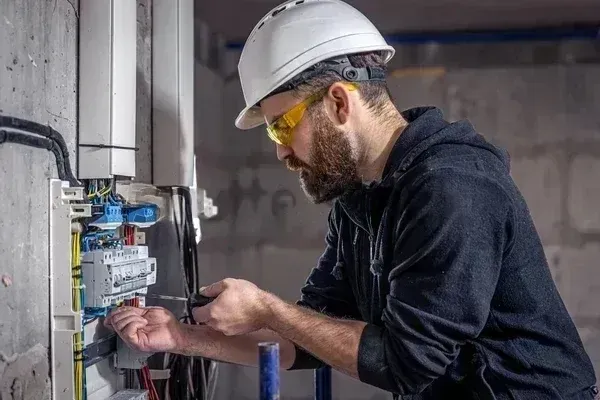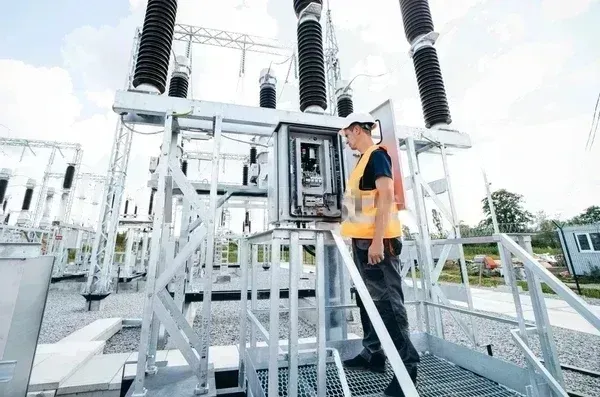Electricity
Most electrical installation components are hidden from view in residential and commercial buildings; only lighting fixtures and receptacles are visible because their function requires them. In industrial settings, where conduit, junction boxes, and other accessories can’t be hidden behind dry walls or dropped ceilings, the role that electrical systems play in building interiors is much more apparent.
Even if electricity is not the primary source of energy, virtually all building systems contain at least one electrical component. Electronic controls are used in commercial kitchen gas-fired equipment, while motor-driven fans are used in space heating systems.
Typically, electricity is associated with air conditioners, power outlets, and lighting fixtures; however, its scope is much broader! Electricity is the most convenient and cost-effective means of transferring energy in modern society, but this also makes it risky. A high-magnitude current can easily start a fire if not stopped quickly.





